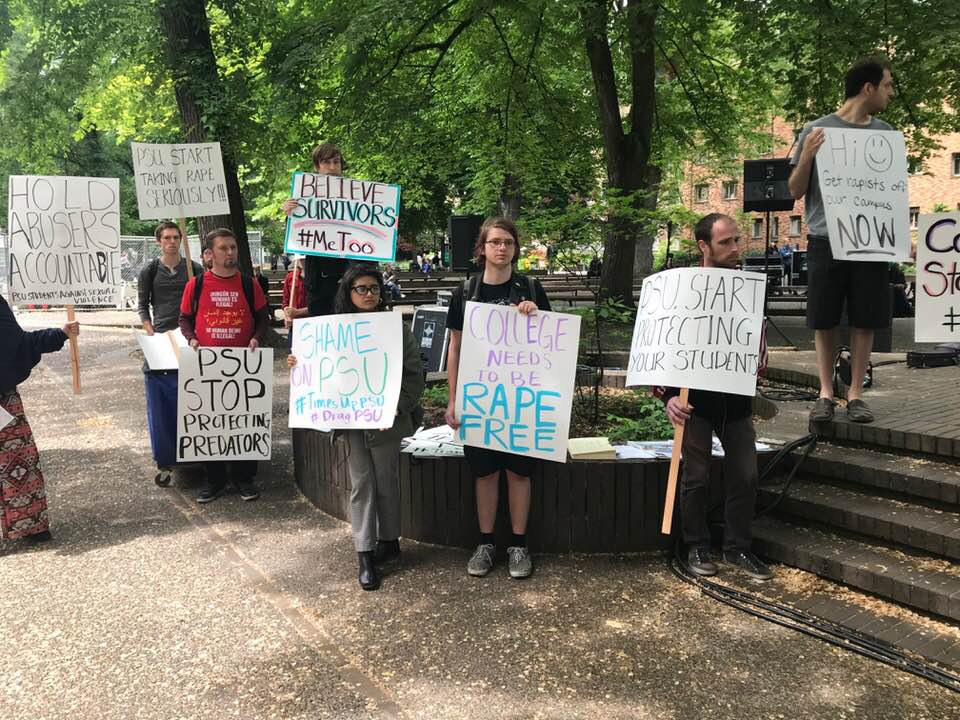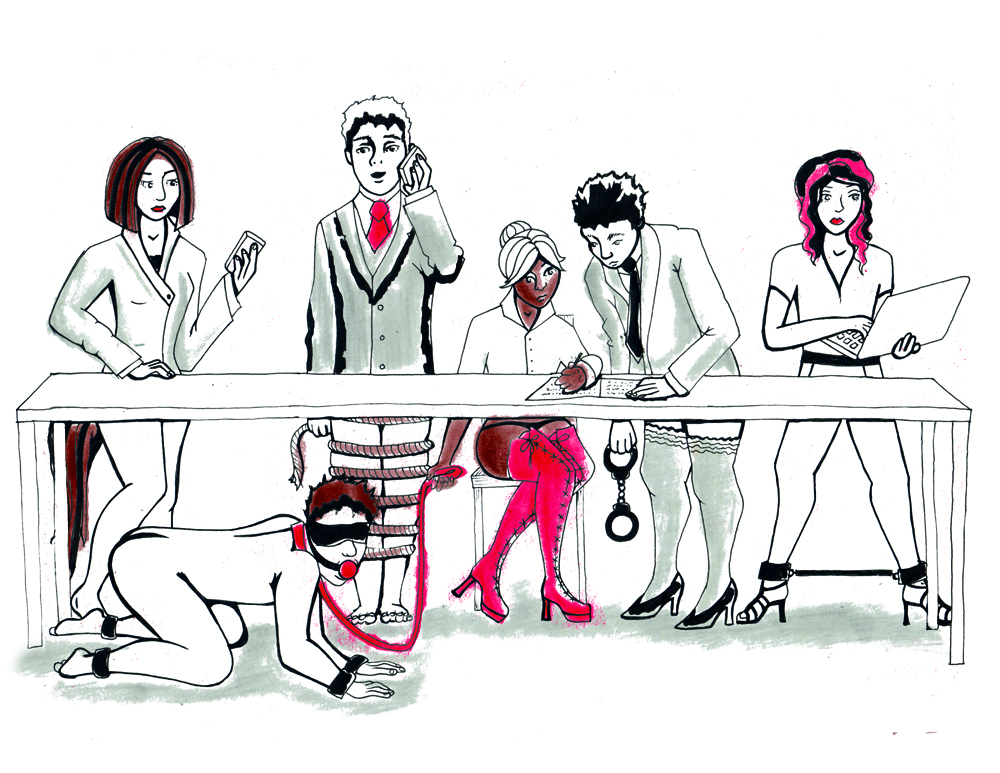Medical marijuana: fact or fiction
Heidi Lypps, Director of Communications, Center for Cognitive Liberty & Ethics
Federal action draws state, citizen protest
The month of September saw a dramatic escalation of the “war on drugs” in California, with DEA raids on two leading medical marijuana dispensaries.
On Sept. 5, DEA agents arrested Valerie and Michael Corral of WAMM (Wo/Men’s Alliance for Medical Marijuana) and destroyed 150 marijuana plants intended for use by WAMM’s members, most of whom are terminally ill.
On Sept. 12, the Petaluma-based Genesis 1:29 medical cannabis dispensary was raided and Robert Schmidt, the owner, was arrested by the DEA. On the same day, the agents also raided a garden in Sebastopol, which supplied the Genesis dispensary.
These raids are only the most recent actions in an escalating DEA campaign directed at medical cannabis co-ops in California. The Petaluma and Santa Cruz co-ops were among California’s most carefully law-abiding: Each required members to have a doctor’s prescription, issued ID cards, and worked with local officials to shape agreements and protocols for operation.
The passage of California’s Proposition 215 in 1996 legalized marijuana for medical use with a physician’s prescription, but any use of marijuana remains a federal crime. President Bush promised in a 2000 campaign speech to leave medical marijuana as a states’ rights issue, saying, “I believe each state can choose that decision as they so choose.”
The DEA’s recent actions, however, speak louder than those words. Some are calling it a “war on the sick,” saying the DEA has gone too far in targeting those who supply medical marijuana to the ill in compliance with California law.
Despite state law, since 2001 many groups and individuals supplying medical cannabis in California have found themselves raided and imprisoned by the DEA. These include the Los Angeles Cannabis Resource Center, the Market Street Cannabis Club, CHAMPS, the Oakland Cannabis Resource Center, Santa Rosa’s Aiko Compassion Club, Steve and Michele Kubby, Ed Rosenthal, and others.
The recent busts were carried out without the support, or even the knowledge, of local law enforcement, prompting California Attorney General Bill Lockyer to question the incursion of federal agents. He requested a meeting with federal Drug Enforcement Agency Director Asa Hutchison and Attorney General John Ashcroft to discuss the WAMM bust.
“A medical marijuana provider such as the Santa Cruz collective represents little danger to the public and is certainly not a concern which would warrant diverting scarce federal resources,” Lockyer said.
Drug policy reform advocates fear that the raids in California are part of a carefully coordinated campaign on the part of the DEA to snuff out the burgeoning public opposition to the “war on drugs.”
So far, eight states – California, Alaska, Arizona, Colorado, Hawaii, Maine, Oregon and Washington – have legalized medical marijuana in some form, and Ashcroft and other federal officials may be eager to break the growing movement before it gains more ground. Drug policy reform advocates have planned actions in response to the DEA’s campaign to eradicate medical marijuana in California.
In Santa Cruz, WAMM and the Santa Cruz city council planned a version of the Boston Tea Party for Sept. 17, where they defied federal officials and distributed medical marijuana to gravely ill patients.
On Sept. 23, the group Americans for Safe Access sponsored a rally at the state capitol in Sacramento to protest the heavy-handed tactics against critically ill patients and advocate for compassionate use of medical marijuana.
Marijuana as medecine refuted by science
Janet D. Lapey, M.D.
In June 1991, the U.S. Public Health Service ordered a study of the issue of medical marijuana by the nation’s top scientists at the National Institutes of Health. In March 1992, at the completion of their long, thorough review, the NIH scientists issued a report stating that there were better, safer drugs available than marijuana cigarettes. The report contained specific fact sheets concerning cancer chemotherapy, the AIDS wasting syndrome, multiple sclerosis, pain and glaucoma.
These fact sheets stated: “Marijuana cigarette smoke contains a complex mixture of over 400 compounds including polyareomatic hydrocarbons which are carcinogenic. This would be a concern for anyone, but especially for patients with chronic disorders and/or impaired immune systems.”
The National Eye Institute fact sheet on the therapeutic use of marijuana for glaucoma states that the NEI did research on marijuana from 1978 to 1988, and “none of the studies demonstrated that marijuana or any of its components could safely and effectively lower intraocular pressure enough to prevent optic nerve damage from glaucoma.” Undesirable side effects were produced by smoking marijuana, such as elevated blood pressure and dry eye. It was noted that these patients would also be at risk for respiratory damage. Furthermore, marijuana smoking is not an optimal drug-delivery system, lacking a standardized product and method of assuring the bioavailability of its active ingredients. There are 24 FDA approved drugs for the treatment of glaucoma. In conclusion, “there is no scientifically verifiable evidence that marijuana or its derivatives are safe and effective in the treatment of glaucoma.”
The National Cancer Institute fact sheet noted that the FDA has approved synthetic THC (Marinol) and a related synthetic drug, Cesamet, for use in chemotherapy patients who have failed to respond to other anti-nausea agents. However, the NCI scientists believe that marijuana-related compounds probably are not as effective as certain other antiemetics or combinations of antiemetics in controlling nausea and vomiting. Moreover, inhaling marijuana smoke is a health hazard. Other antiemetic agents such as ondansetron, metoclopramine, droperidol, etc., have been shown to be more useful than marijuana-related compounds as first-line therapy.
The National Institute of Neurological Disorders and Stroke fact sheet stated that there is no evidence that marijuana is effective in modifying the course of multiple sclerosis and that only anecdotal reports of benefit have been reported. The report mentioned that a suppository formulation of THC is being tested on humans and that this promises better bio-availability than the oral form.
The National Institute of Dental Research fact sheet reported that no controlled studies of the effects of marijuana on acute or chronic pain exist, thus there is insufficient evidence to recommend marijuana as treatment for pain.
The National Institute on Allergy and Infectious Diseases fact sheet reports that studies of the effect of oral THC on the HIV-wasting syndrome are under way. Also, the suppository THC is being tested in normal volunteers. Again, it is mentioned that marijuana cigarette smoke would be a concern for patients with compromised immune systems.
– Courtesy of the National Institute of Health





